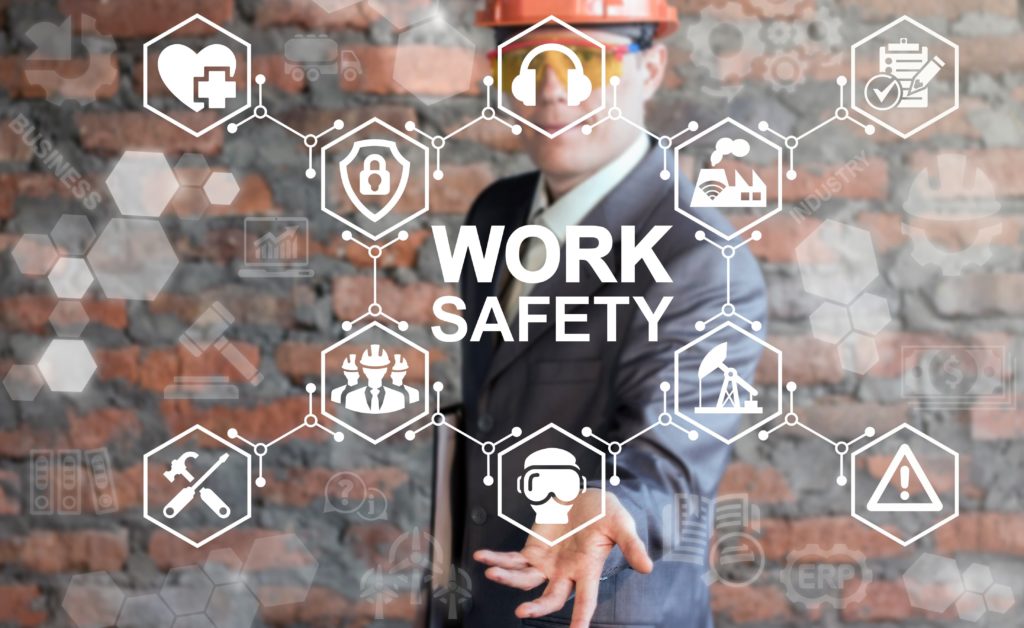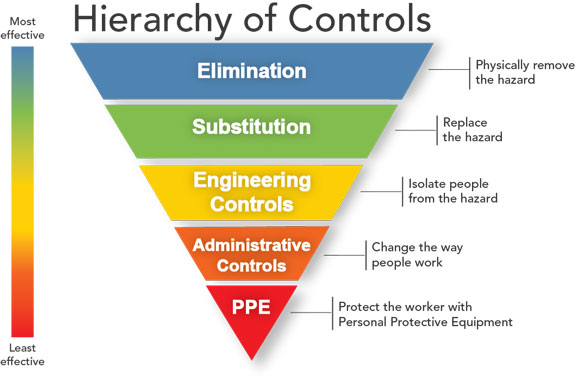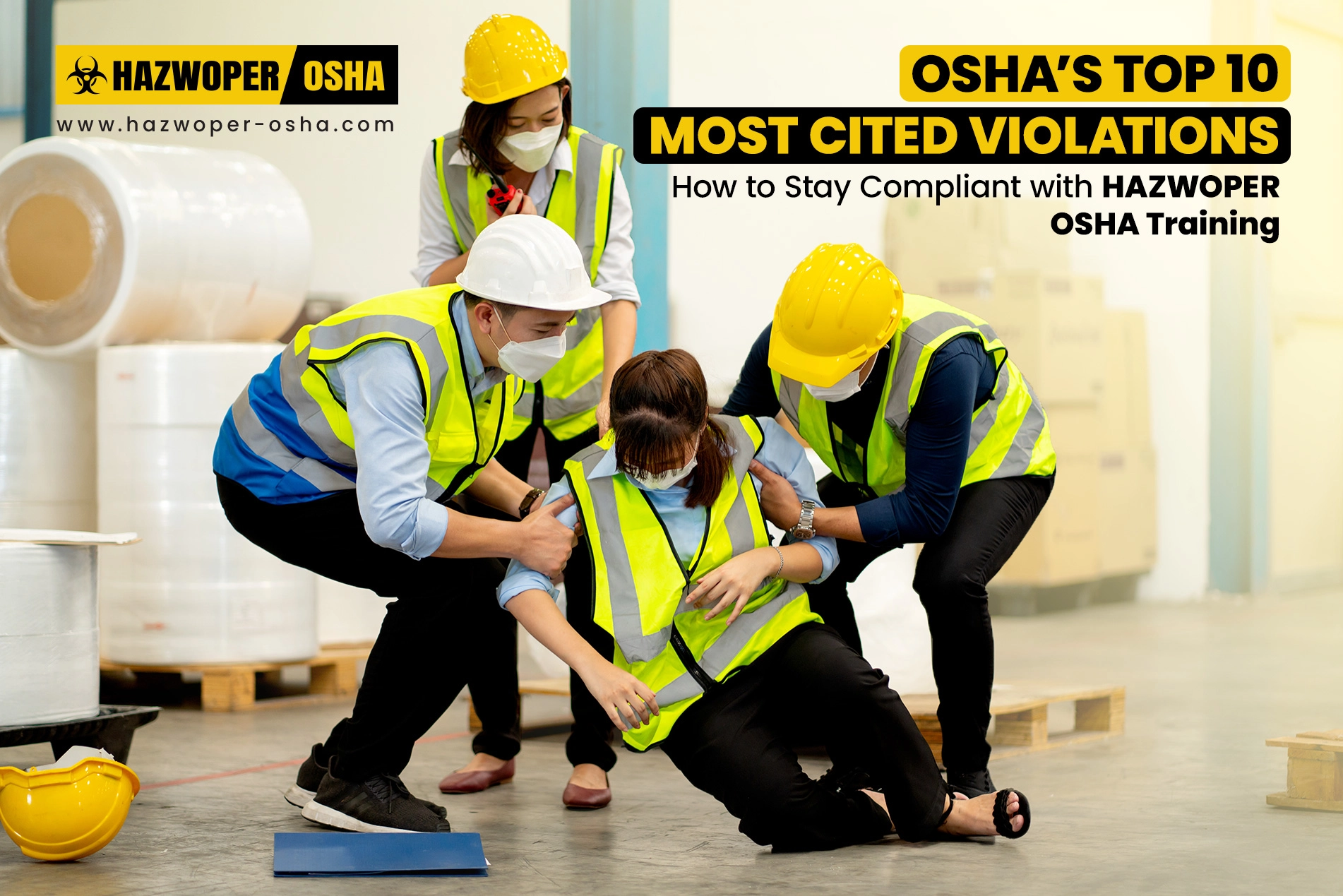Returning to Work Post Pandemic: Pandemic Planning Measures for Continued Health and Safety of Employees

The current COVID-19 pandemic has caused much upheaval across the world. Economic activity, for the most part, was drastically reduced and life as we know it changed. International and local health organizations recommended people observe social distancing rules, wear facemasks, wash hands often, and use hand sanitizers. Commerce suffered mainly as organizations were forced to shut down to safeguard the health and safety of employees and reduce the disease outbreak. For employees, the biggest impact came from the sudden trend to work from home. However, as control measures such as self-quarantine and lockdowns yielded positive results with the virus spread being controlled, economies started slowly re-opening. Thus, employees are now returning to work. But as the pandemic is still ongoing and emergency management continues to be enacted, employers are expected to implement emergency preparedness plans and measures to ensure the occupational health and safety of their workers.
Importance of Pandemic Planning
When a pandemic occurs, it is unexpected and causes much havoc in people’s lives and the continuity of business operations. It also creates a panic situation as information knowledge of the pandemic is scarce and limited at the beginning. This makes it critical for employers to have in place an organizational pandemic preparation process to limit business disruption and ensure business continuity.
An important reason for pandemic planning is to ensure the confidence of employees during this unusual period. When an employer has taken the required steps to protect employees during a pandemic, they will feel more safe and secure and are more likely to report to work. These employees will also have greater confidence knowing that all necessary precautions have been considered and enacted. This will allow employers to control absenteeism.
Secondly, when an employer has planned for a pandemic, they will be better placed to communicate plans clearly and concisely to employees. As emergency communication is vital during times of a pandemic, pre-planning will allow an employer to ensure effective communication plans, resulting in improving employee confidence and thereby reducing absenteeism.
A third reason for the importance of planning is to ensure employees are given adequate knowledge and understanding of the pandemic. Employers must train employees to understand what a pandemic is; what the current pandemic entails; be prepared to handle emergencies; implement emergency plans and understand the precautions to adopt against the virus.
A pandemic situation can also give rise to changes in e-commerce patterns. People’s demands for goods and services saw a change during the last few months of the COVID-19 pandemic. Consumers are demanding more hygiene products and there has been a high demand for facemasks. Shopping patterns have changed with more people shopping online, shopping during off-peak hours, and making payments electronically. This will result in changes in business processes, and pandemic planning will ensure organizations have in place a business continuity plan which considers these new challenges for future sustained growth.
The fifth reason for organizational pandemic planning is to safeguard the organization from supply and delivery interruption and/or stoppage. The sudden halt in economic activity due to the extended lockdown in most countries around the world resulted in many organizations facing disruptions in their supply chain process. By undertaking comprehensive pandemic planning, an organization can ensure that such interruption is minimized by having identified other local supply sources to counter canceled or delayed shipments from overseas.
OSHA’s Guidance on Pandemic Planning
OSHA has two guidance documents for pandemic planning. One is directed at guiding workplaces during an influenza pandemic and the second is specifically targeted at preparing workplaces for COVID-19. Both these guidance documents offer employers information on the do’s and don’ts of pandemic planning as employees prepare to return to work.
OSHA suggests using the Occupational Risk Pyramid to identify the risk of an employee’s exposure to the hazards related to the current COVID-19 pandemic. Based on the different risk exposure levels, the Hierarchy of Controls may be used to identify the different levels of controls necessary to implement precautionary measures and for hazard mitigation to safeguard employees while at work.
 Using the Hierarchy of Controls will enable employers to devise a pandemic plan which integrates the elements of the different levels of controls to suit their organization. While the most effective controls are eliminating and/or substituting hazards, this process may prove to be difficult to implement and difficult to achieve in case of a pandemic. Concurrently, employers also must implement a range of work practice controls, administrative controls, and engineering controls. Finally, employees must provide workers with personal protective equipment (PPE) as needed, and teach them how to effectively use them (Centers for Disease Control and Prevention [CDC], 2015).
Using the Hierarchy of Controls will enable employers to devise a pandemic plan which integrates the elements of the different levels of controls to suit their organization. While the most effective controls are eliminating and/or substituting hazards, this process may prove to be difficult to implement and difficult to achieve in case of a pandemic. Concurrently, employers also must implement a range of work practice controls, administrative controls, and engineering controls. Finally, employees must provide workers with personal protective equipment (PPE) as needed, and teach them how to effectively use them (Centers for Disease Control and Prevention [CDC], 2015).
Steps to Effectively Implement Pandemic Planning
When preparing an emergency plan to mitigate the hazards of a pandemic and ensure worker safety and health, OSHA recommends a comprehensive pandemic planning checklist which is incorporated within these six steps.
- Develop an infectious disease preparedness and response plan.
- Prepare a basic implementation plan for infection prevention measures.
- Develop policies and procedures for prompt identification and isolation of sick people.
- Develop, implement, and communicate workplace flexibilities and protections.
- Implement workplace controls.
- Follow existing OSHA Standards. (OSHA, 2020)
As part of the above process, employers will also evaluate the sources of workers’ hazard exposure to the disease outbreak while at work and consider the exposure while the worker is at home or while carrying out daily activities such as grocery shopping.
Besides, employers must incorporate all guidelines and best practices shared by the federal, state, and local governments when planning for a pandemic. Employers should also be aware of and incorporate relevant guidance and recommendations given by local health organizations and international health agencies such as the World Health Organization (WHO) when undertaking the pandemic planning process.
Following the guidance set out by OSHA as above will enable employers to plan for business continuity in a pandemic situation while ensuring worker health and safety. Here are some highlights from the pandemic planning measures above for review. For complete guidance read OSHA’s publication OSHA 3990.

Pandemic Planning Measures
Here is a list of pandemic planning measures that employers may adopt to safeguard their workers and reduce the risk of contracting the virus. This is just the tip of the iceberg. For more details and comprehensive guidance review OSHA 3990 guidance publication.
Workplace Reorganization or Restructuring – Employers will have to reorganize and rearrange the workspaces of employees to enable recommended practices for pandemic planning such as social distancing and minimal physical contact. To ensure employees keep six feet of distance between each other, desks may have to be placed to observe this guideline in shared open office spaces. Furthermore, to ensure social distancing is maintained, visitors’ chairs would have to be placed farther apart. Using engineering control measures, employers may have to build plastic shield guards in front of customer service counters or in instances of high-risk work environments, to install ventilators. For employees working at construction sites, employers may need to review the number of people in a shift and provide them with added PPE as required to suit the needs of the pandemic plan.
Work Process Changes – Whenever and wherever possible review and restructure work processes. For example, encourage customers to use email or phone calls for issues reporting, establish a policy of online employee meetings, and provide necessary tools and equipment so that workers do not have to share them. Employers will also have to change the process of entering and exiting the workplaces as recommended. For the current coronavirus pandemic, OSHA recommendations are for workers to wash their hands before they enter the workplace and avoid physical contact. Use administrative controls such as notices of good hygiene practices and reminders to wear facemasks and to keep six feet of distance between workers and other stakeholders would also be effective.
Introduce a Disinfection Process – In the case of the current COVID-19 pandemic, a good practice is to follow a meticulous cleaning process of worksites and common equipment daily. If worksites require workers to wear PPE such as hardhats, fall protection gear, and HAZMAT suits, then ensure workers diligently carry out a disinfection process at the end of their work shift. While this is a recommended practice by OSHA when employers work with hazardous substances and toxins, it is a recommended guide when implementing pandemic planning measures.
Provision of Hygiene Products - Employees should be given hand sanitizers and disinfectant wipes and encouraged to use them as often as needed. This is especially important when employees work in groups or have contact with third parties and customers.
Encourage the Wearing of PPE – Wearing of PPE is an OSHA and EPA recommendation for many worksites and occupations. However, as part of the pandemic prevention process, all people are expected to wear facemasks for their safety and the safety of others. This also applies to employees who should wear a facemask while at work and done gloves if interacting with many people. For high-risk occupations, OSHA recommends much more intensive PPE usage which employees must adhere to.
Training and Educating – Training is an important part of pandemic planning. Employers must train employees to identify symptoms of the pandemic. Employees must also know what precautions to take and what to do in case of being infected by the virus or when they suspect another person of being infected. As some employees may need to wear PPE, they must be trained on how to use, wear, store, clean, and discard PPE properly.
Encourage High-Risk Employees to Work from Home – Employees who are immunocompromised, pregnant, have pre-existing health conditions, and of an older age should be encouraged to work from home.
Promote Basic Safety Measures – Employers should promote handwashing, hand sanitizations, limited physical contact, no touching of the nose and/or mouth, and practicing social distancing amongst all employees and stakeholders who visit business premises as part of the pandemic planning process.
Flexible Working Options – Offer employers flexible working options so that they are not over-stressed in an already stressful situation. The pandemic crisis has changed employees’ daily routines. With schools and daycare centers closed, employees who are also parents have added responsibility of looking after their children. So, give them a little room to manage their diverse responsibilities without becoming overly stressed.
Clarify the Sick Leave and Insurance Policies – As part of administrative control measures, it is important that employers clearly explain any changes to sick leave policies and the insurance benefits of workers. In pandemic planning, sick leave and insurance are key aspects to encourage workers to be responsible. Employers will also have to review the current situation and make changes as required so that workers who are sick do not feel they will be penalized for staying at home. Consider the increased possibility of family emergencies and dependents falling ill requiring help from family members. Accordingly, incorporate relevant changes in sick leave and insurance policies.
Enroll for an Online Training Today!
Having read this brief article on the importance of pandemic planning measures, enroll in HAZWOPER-OSHA's Pandemic Awareness, Preparedness, and Response Online Training and gain a better understanding of how to handle the current COVID-19 pandemic in your workplaces.
References:
Centers for Disease Control and Prevention (CDC). (2015, January 13). Hierarchy of Controls. Website. https://www.cdc.gov/niosh/topics/hierarchy/default.html
OSHA. (2020). Guidance on Preparing Workplaces for COVID-19 [PDF]. Website. https://media.hazwoper-osha.com/wp-content/uploads/2020/10/08075422/OSHA3990.pdf

 EN |
EN |  ES
ES 































































































